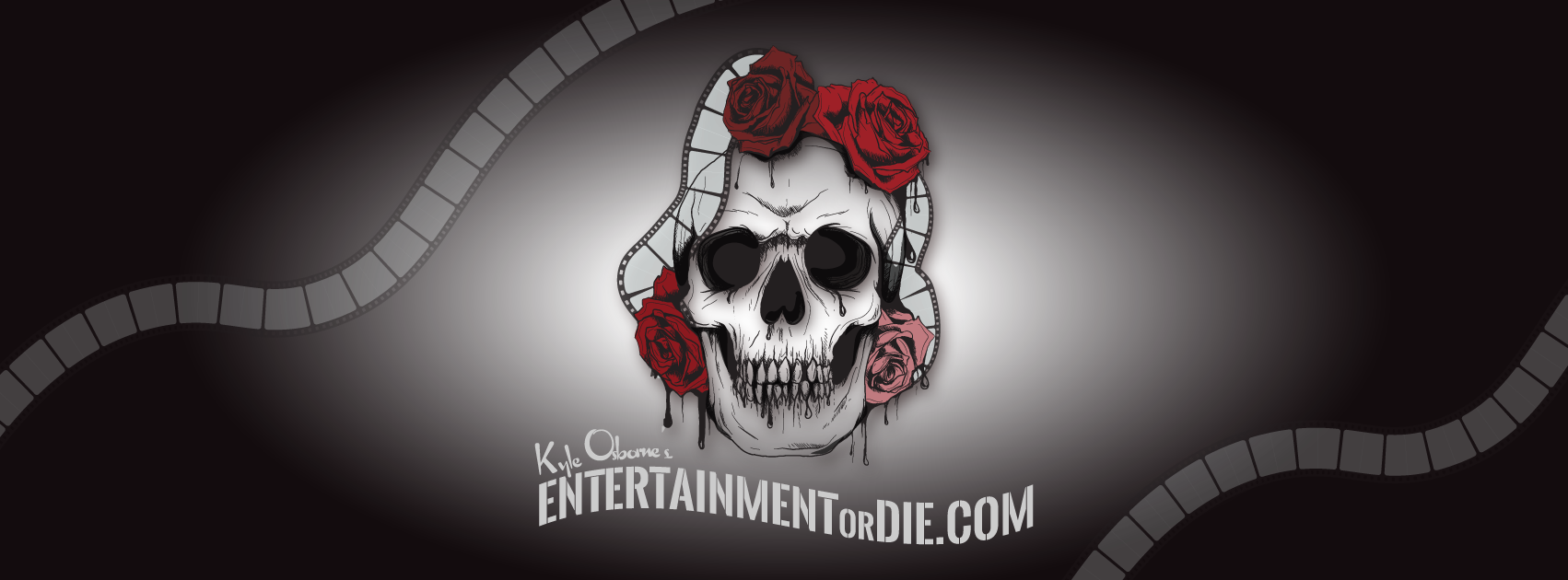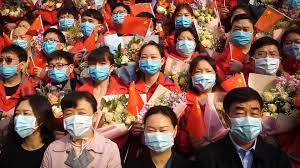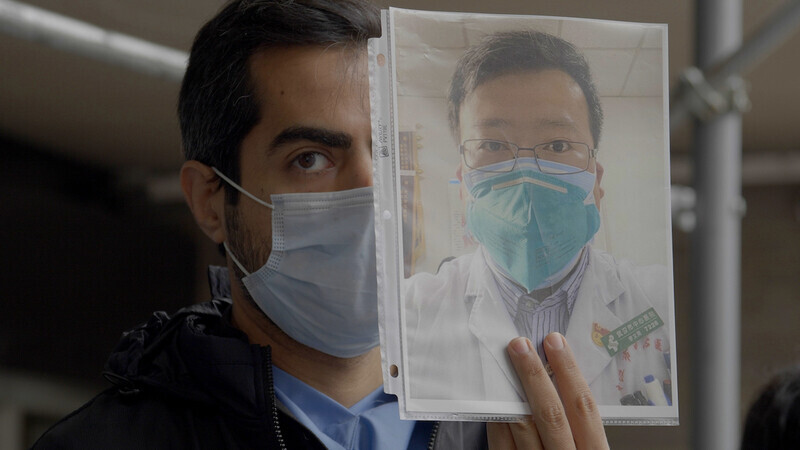The world sort of knows what Covid-19 looks like today. But what did it look like in the earliest days? It looked like people dying on the sidewalks of Wuhan, China. It looked like people waiting in line for 8 days to get inside a hospital, and dying before they could make it to the door. It looked like ambulance drivers arguing in hospital parking lots with hospital staff. “There is no room for him here, you can’t leave him here.”
Those are just a few of the harrowing scenes of the new documentary “In The Same Breath,” which starts on New Year’s Day in Wuhan, and later goes to New York City, where many of the exact same circumstances repeated themselves: misinformation, overworked staff, filled to capacity hospitals and, eventually, a city-wide lockdown.
Filmmaker Nanfu Wang (“One Child Nation”), whose hometown is 200 miles outside Wuhan, but who has lived in the United States for many years, is possibly the only person in the world who could have told this story and made this film. In China to celebrate the 2020 New Year, Wang makes it back to the US just as word is getting out about this new virus. She can see that something is going on, well beyond what the official messaging is. Hiring ten videographers in China, and working remotely herself – they begin documenting the crisis that is rapidly unfolding.
Risking big trouble from government authorities, the cameras rolled on things that the rest of the world never saw. Much of the filming was surreptitious, and many people, afraid of prosecution, refused to speak on camera for the record. It is a recurring theme: disinformation by the government, fear of reprisal by the same.
But Wang and crew still managed to capture so many human moments. I think we Americans think of China in the abstract. “China” is a big “Red Commie” nation with a big red flag. Do we ever think of the 1.4 billion citizens as individual people with their own unique stories? Each one is a mother or father or son or daughter. Wang helps us see the humanity in something that others have waved off as “the China virus.” They grieve, they are frustrated by the health care system, they sleep on the street to hold a place in line for treatment that so often never came in time.
It is worth noting that the Chinese healthcare workers, like those in America, were solely focused on treating patients the best they could, with the resources they had. Many died in the process.
The action shifts to New York for a time to see that the language is different, but many circumstances are the same – people, especially officials, downplaying the severity in the early days, healthcare workers crying visible tears at the hopelessness of trying to keep patients alive. So many of the same mistakes.
And some mistakes that are uniquely Maga: people indignant that they should stay at home or wear masks. Wang interviewed one Chinese subject who lamented that tens of thousands of people had died because there is no freedom of speech, and yet the Trump sign carrying American protestors were free to speak, but refused to mitigate the virus that is killing so many of their countrymen. Chinese propaganda news anchors repeat the same messages that come from the mouths of Fox News broadcasters. Meanwhile, many citizen journalists in China were disappeared- young, idealistic truth-seekers.
Irony. On film.
But Wang’s intent doesn’t seem political at all. She is a documentarian in search of the truth. She includes clips of Dr. Anthony Fauci saying, early on, “Right now, there is no reason to wear a mask.” I, myself, had forgotten those two important words at the beginning of the sentence: “Right now.” Of course, as knowledge increased and evolved, the message changed. That is how science works.
But those aren’t words spoken by Wang, that’s me. Hers is a true documentation of the lives and deaths of a world in crisis. She says it’s impossible to see how this will all end, but she can now see how it could have begun much differently. Wang’s personal perspective, while never overwhelming the broader story, gives the film both a warm heart, and a clear-eyed, “don’t bullshit me” journalistic element that is crucial.
The story is powerful and infuriating. The storytelling is skillful, artful and humane.
It was important for the world to see the timeline as it unfolded in the earliest days. And that makes “In the Same Breath” an important film to see.
Debuts WEDNESDAY, AUGUST 18 (9:00 p.m. ET/PT) on HBO and will be available to stream on HBO Max.
4 out of 4 Stars| Reviewed by Kyle Osborne
Please View the Official Trailer


